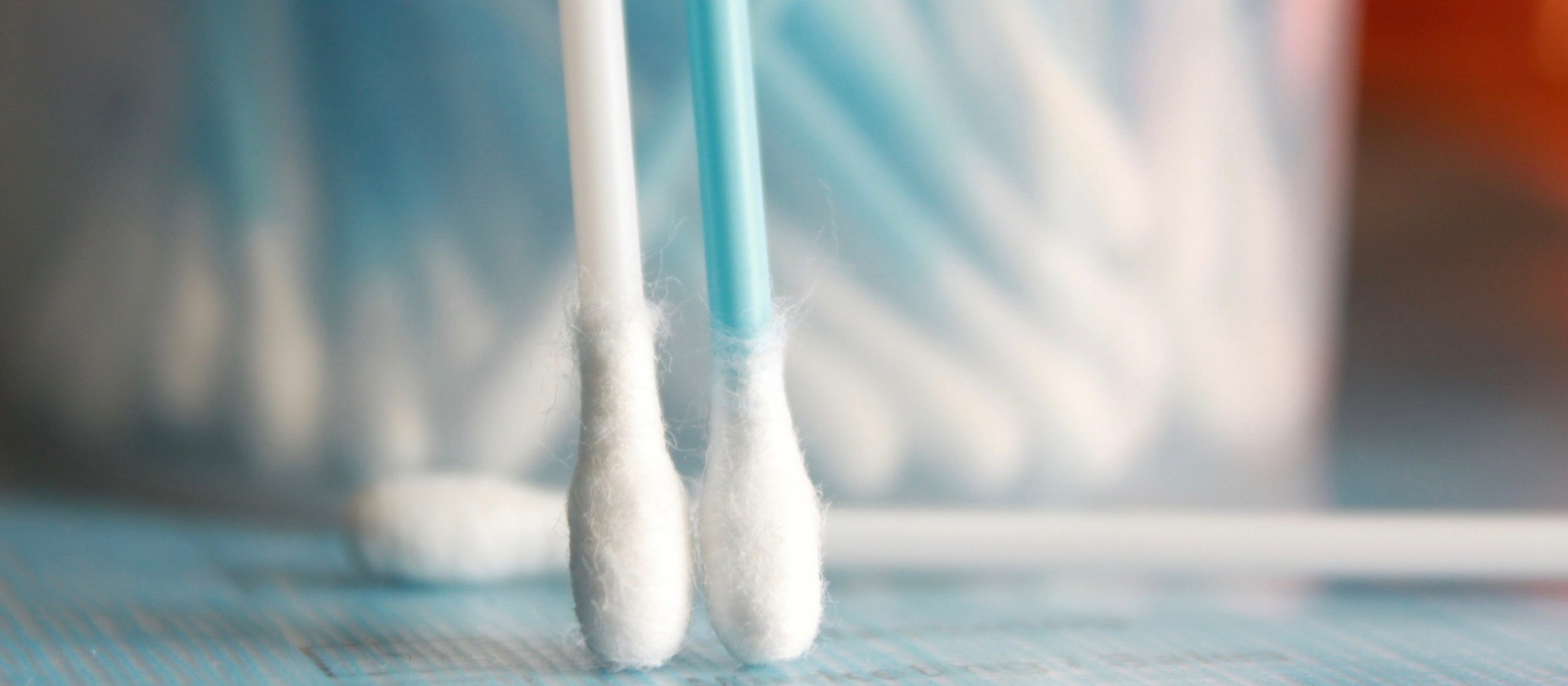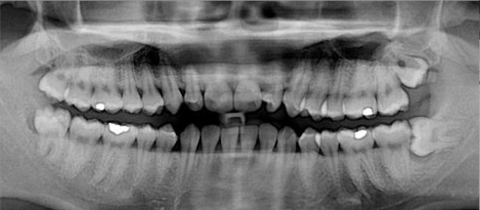There’s a lot of talk about testing for the new coronavirus and how testing kits are in short supply in certain areas. But what few people explain is what is inside this mystery box. How are scientists able to test not only for the presence of a virus in a nose swab, but of this specific virus?
The core idea behind the test is to make many copies of a unique part of the virus’ genetic code using a technique called PCR. And if you’re familiar with photocopies, you can understand how this process works in the lab.
The genetic code of a virus is like a book that contains unique chapters. In the case of SARS-CoV-2, the virus that causes COVID-19, it is an audiobook. Researchers have to transcribe it into paper form, so to speak, before the test can be run. Once scientists have the paper book, they tell their technicians to photocopy pages 4 and 10 from the book, which are unique to this coronavirus. This step requires a photocopy machine, paper, toner, and electricity. These pages get photocopied non-stop for about 35 minutes so that they end up drowning out the original book. Now imagine there is no coronavirus. The technicians flip to page 4 but it’s not there. They look for page 10 but it’s also missing. Nothing is photocopied. But if it is the right book, the pages start coming out, and a technician is asked to highlight the text on each page that comes out. At the end of this photocopying frenzy, what do we get? If we had the wrong book, we get nothing (a negative result). If we had the right book, we get a pile of sheets with bright yellow highlighter (a positive result).
Obviously, scientists aren’t going around photocopying pages from a book, but the principle is essentially the same. It begins with a nose or throat swab that will pick up the virus if it is present. The swab is stored in a special liquid to keep the pH stable and prevent bacteria from growing. When the swab arrives at the lab, something very special that is inside the virus must be extracted. This virus contains a genetic blueprint with instructions on how to make more viruses. This blueprint is a molecule called RNA, which needs to first be extracted and then transcribed into DNA for the test to work (from audiobook to paper book). The DNA is then added to a tube that contains a reaction mix that, at the right temperatures, will make copies of specific sequences of this DNA if these sequences are indeed present. In much the same way that paper, toner and electricity are needed to create photocopies, scientists use the individual building blocks of DNA (A, T, C, G); short bits of DNA that will recognize and bind to the “pages” we want to amplify; an enzyme that will make the DNA copies; a buffer to provide the right pH for the reaction; and a few additives to improve the outcome. All of this goes into a specialized machine called a thermal cycler (the photocopy machine) that goes up and down in temperature very quickly to allow the reaction to take place over the course of 45 cycles. You can view the best animation I’ve ever seen of this process here.
What about the highlighter? At the end of a standard PCR, you recover a clear, colourless liquid so you have no idea if the reaction worked or not. You need an additional step to figure out what is inside the liquid. But there’s a way around that. The kind of PCR used to detect SARS-CoV-2 is called a quantitative PCR (formerly known as a “real-time” PCR, which highlights the fact that you are seeing the result during the reaction itself). It uses a fluorescent probe (the highlighter) that will bind to pages 4 and 10 if they are there and emit light. As more and more copies of these “pages” are made, the machine will pick up more and more fluorescence, so that at the end of the run, you know if these pages were there or not.
Since tests can essentially misbehave here and there (hiccups with the toner or a sheet stuck inside the photocopy machine, you know how these things go), unknown samples are never run in isolation; scientists include positive controls (samples from individuals who are known to have the virus) and negative controls (samples from individuals who are known not to have it, as well as water controls that contain no DNA). If a positive control looks negative at the end of a run or vice versa, the run has to be redone. The entire procedure from beginning to end can be done within a day, with the PCR reaction itself taking about an hour.
The test described above can be used for the rapid detection of SARS-CoV-2 and it can be adapted to confirm a result that was unclear. There is, for example, a third “page” that can be tested for in order to validate the results of a first screening. The “page” can also be sequenced and read letter by letter. A different type of test also exists that looks for a person’s antibodies against the virus. Finally, CT scans can be used to essentially create virtual stacks of X-rays of a patient’s lungs to recognize the lesions seen in cases that develop pneumonia.
So the next time you use a photocopier and mistakenly make multiple copies of the same page, remember that there is a small army of laboratory technicians all over the world doing the same thing on purpose to identify the latest virus on their radar.
Take-home message:
- Laboratories can test for the virus that causes COVID-19 by trying to detect parts of its genetic blueprint
- The test is similar to how certain pages can be photocopied from a book over and over so that they can be seen more clearly







